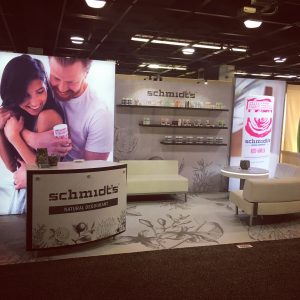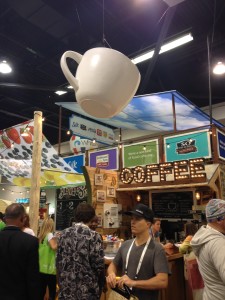What Does a Tradeshow Manager Do?
It’s a good question: what does a tradeshow manager do? And frankly, you can come at this question from a few angles.
For instance, is the tradeshow manager (or coordinator, or project manager) employed by the company internally, to make sure the tradeshow appearance is as flawless and successful as possible? Does the tradeshow coordinator work for an exhibit house, tasked with making sure the new (or stored) exhibit is shipped to arrive on time, and get set up, dismantled and shipped back? Or does the company find a third party to coordinate the logistics from show to show on an as-needed basis?

There are several things to determine, such as: what is the scope of work? What tasks are expected of the tradeshow coordinator? Is there a marketing department that makes decisions on which shows to attend? Who determines the budget and where does that money come from? And so on.
Wearing several hats is not uncommon for someone with the larger and somewhat vague title of tradeshow coordinator. Mainly, she is responsible for:
- Determining what shows to go to (usually in coordination with a larger team that vets the various options)
- Scheduling or securing the booth space and coordinating logistics such as electricity, internet, cleaning, badge scanner and more
- Work with vendors such as exhibit houses or printers for any updates to the exhibit
- Scheduling exhibit shipping, I&D (installation and dismantle), return shipping, storage
- Booth staffer hiring, training, scheduling and coordination of any special clothing such as branded t-shirts; develop and/or coordinate any pre-conference training for staffers
- Coordinate with sales and marketing for any special product demos, etc.
- Hire in-booth presenters if needed
- Track expenses as required
- Coordinate lead generation activities, system and delivery of leads to sales post-show
- Pre-show marketing: mailers, emails, any specific phone invitations
- Post-show follow-up communication
- Record keeping: maintain show schedules, project checklists, exhibit management, photos from each show, logistic and travel expenses show to show and year over year
Each individual position may include more or less from this list, but these are the main tasks on a tradeshow manager’s job description list.
And, just for fun, I looked at tradeshow manager job listings across the USA recently. There are a ton of openings. Just sayin.’










